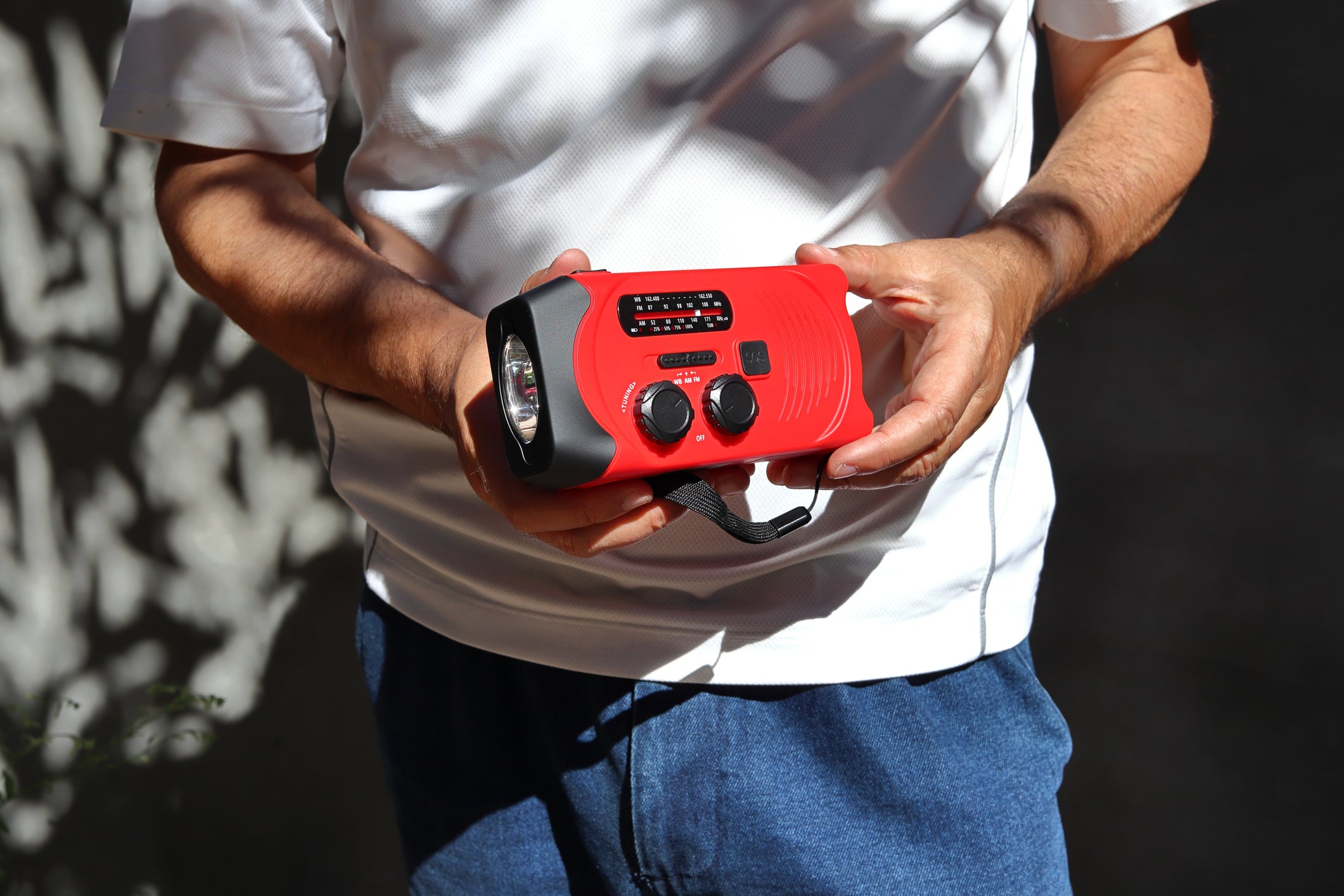Weather emergency radios, often referred to as NOAA Weather Radios, play a pivotal role in keeping individuals and communities safe during severe weather events. These devices are designed to provide real-time information and alerts from the National Oceanic and Atmospheric Administration (NOAA) and other relevant authorities. Understanding the significance of weather emergency radios is crucial for fostering preparedness and ensuring the well-being of individuals and communities in the face of adverse weather conditions.
1. Early Warning Systems:
- NOAA Alerts:
- Weather emergency radios receive alerts directly from NOAA, offering early warnings for various weather-related threats such as hurricanes, tornadoes, floods, and severe storms. These timely alerts enable individuals to take immediate actions to protect themselves and their property.
2. Timely and Accurate Information:
- Real-time Updates:
- Weather radios provide real-time updates on changing weather conditions. This includes information on storm tracks, intensity, and any evolving hazards. Accurate information is crucial for making informed decisions in emergency situations.
3. Public Safety:
- Community Alerts:
- In addition to weather-related alerts, emergency radios can broadcast other critical information such as Amber Alerts, hazardous material spills, and evacuation notices. This enhances public safety by keeping individuals informed about a range of potential threats.
4. Remote and Uninterrupted Communication:
- Battery-powered Operation:
- Weather emergency radios often operate on battery power and can be hand-cranked or solar-powered. This ensures functionality even during power outages, making them reliable sources of information in emergencies.
5. Preparedness and Planning:
- Emergency Planning:
- Having a weather emergency radio is a key component of emergency preparedness. It allows individuals and communities to plan and execute evacuation strategies, secure important belongings, and take shelter well in advance of an approaching storm or disaster.
6. Community Resilience:
- Rapid Response:
- By providing instantaneous alerts, weather radios contribute to the resilience of communities. This rapid response capability can significantly reduce the impact of disasters and enhance the ability to recover quickly.
7. Remote Areas and Outdoor Activities:
- Outdoor Safety:
- Weather emergency radios are valuable for individuals engaged in outdoor activities. Hikers, campers, and boaters can stay informed about changing weather conditions, helping them make informed decisions to ensure their safety.
8. Government and Community Coordination:
- Coordinated Response:
- These radios facilitate coordinated responses between government agencies and communities. They help synchronize efforts during emergencies, ensuring that resources are deployed efficiently to areas that need them the most.
9. Educational Tool:
- Public Awareness:
- Weather emergency radios also serve as educational tools, raising public awareness about the importance of preparedness and the potential risks associated with severe weather events.
10. Cost-effective Safety Measure:
- Low-Cost Preparedness:
- Weather radios are relatively low-cost devices that offer significant returns in terms of safety. Their affordability makes them accessible to a wide range of individuals and communities.
In conclusion, the importance of weather emergency radios cannot be overstated. These devices serve as lifelines during critical situations, providing the information needed for individuals and communities to make swift and informed decisions to protect lives and property. Investing in a weather emergency radio is a simple yet powerful step towards enhancing overall preparedness and resilience in the face of unpredictable weather conditions.

